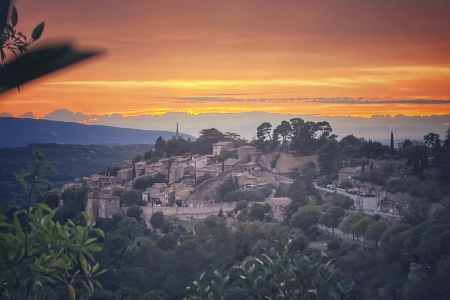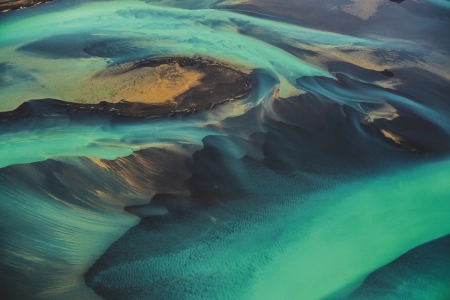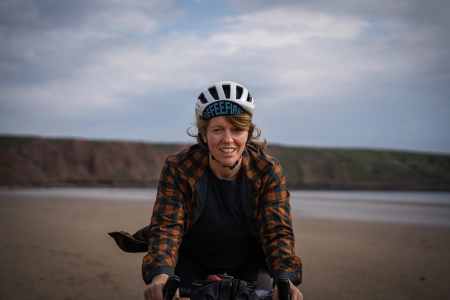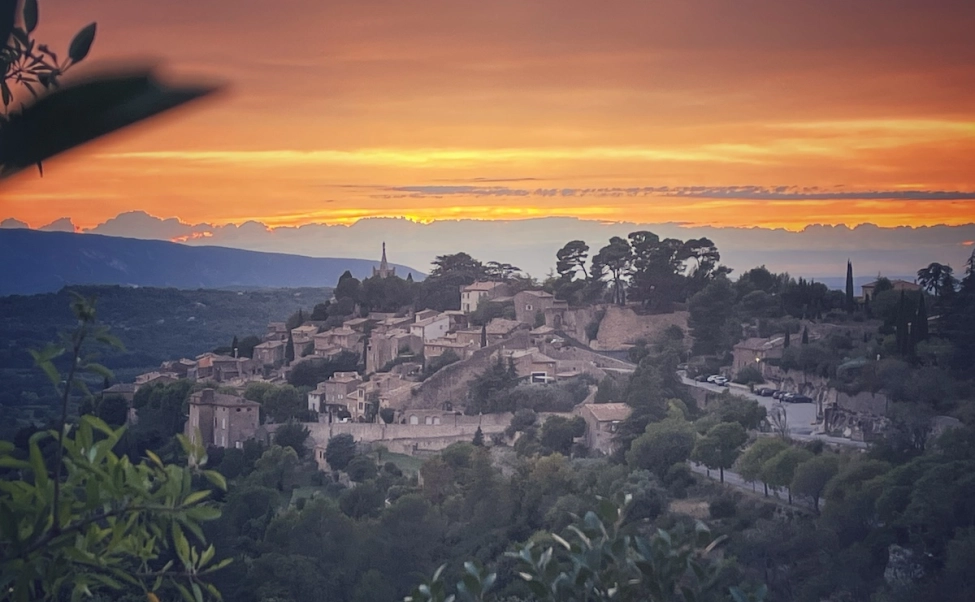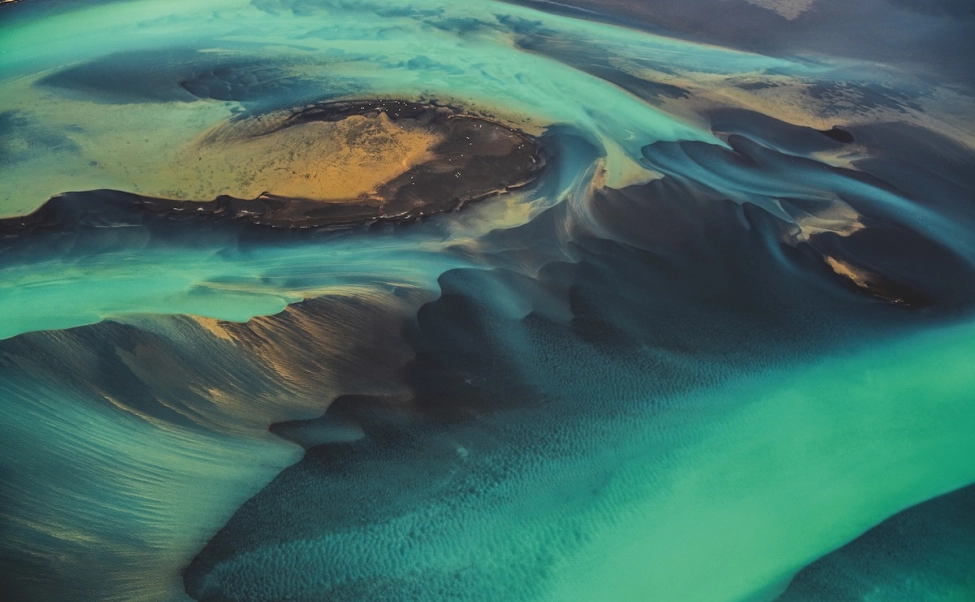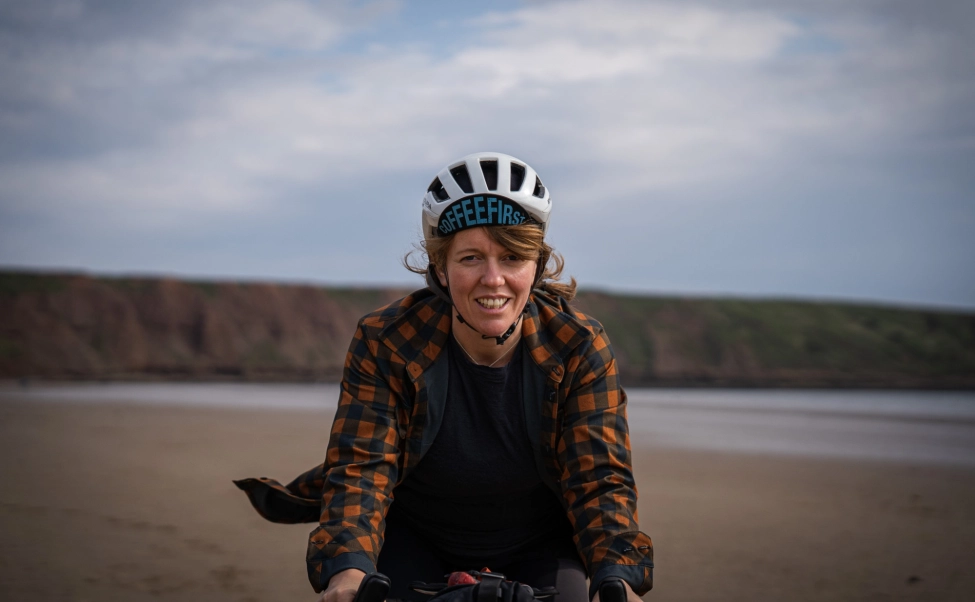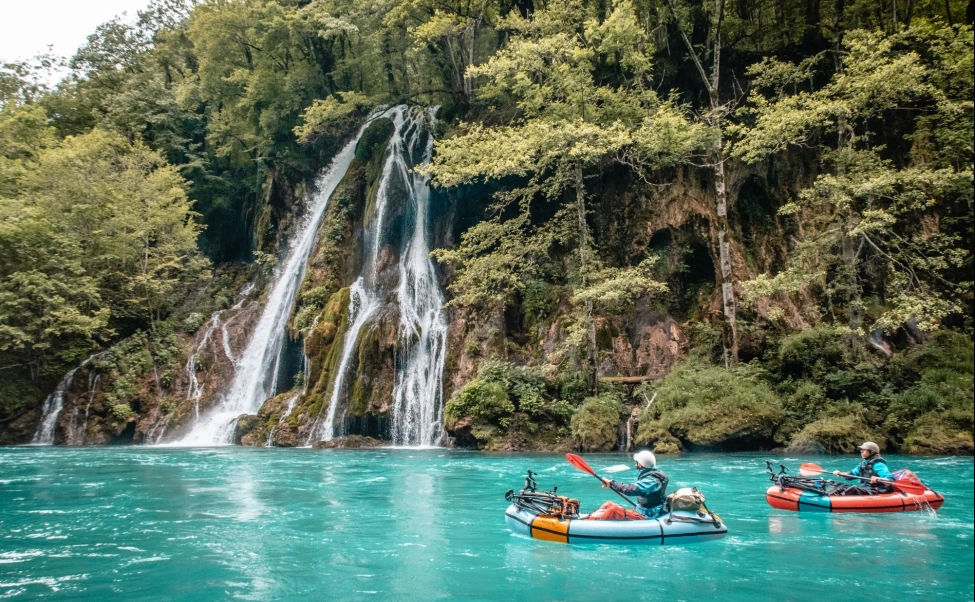- Details
- Written by: Active Traveller Staff
Within minutes of pedalling off the asphalt and on to the red-mud dirt track I find myself on collision course with a pair of one-and-a-half-ton zebus.
A close relative of the cow, these two are pulling a rickety cart overflowing with vegetables fresh from the fields and are being driven by a man wearing a look of defiance and a hoodie emblazoned with the words 'It wasn't me'.
Not exactly filled with confidence and conscious of the 25cm horns protruding from their heads, I swerve aside and let them pass, respecting their status as rulers of the road.
This is Madagascar, the world's fourth largest island and, on the evidence of the next two and a half weeks, one of the most compelling, enchanting and unpredictable cycling destinations on the planet.
This is my first day of a 340 mile ride along the spine of the country, from the dusty city of Antsirabe, over the stunning central highlands and down to the charming fishing villages of the south-western coast.
78% of our ride will be on asphalt ranging from busy and broken in the towns and cities to smooth and pristine on the scenic stretches of country road in between. The remaining 25 per cent is on off-road tracks varying from straightforward cross-country terrain to fiendishly technical sections.

The asphalt legs pass by some glorious scenery: luscious valleys, vast plains, national parks teeming with wildlife and beautifully sculpted rock outcrops the likes of which I've never seen elsewhere, even in photos.
But it's the off-road parts that are the real gem of this journey, where a full appreciation of the country's remarkably vibrant landscape and people blossoms. Here you pass through seldom-visited villages in which locals thresh rice from stalks and children stop whatever they're doing to rush out to greet you with waves and wide smiles. The air is clear, the land is richly coloured and the only sounds for long stretches are birdsong and the scrunch of tyres biting into dirt.
Hit the highway
It seems far-fetched to compare such raw and rugged riding with cycling-holiday heartlands such as France and Italy, but even in the absence of iconic climbs up snow-capped mountains, Madagascar has a unique allure and deserves a place high on any biker's bucket list.
My KE Adventure trip starts with an Air France flight into the bustling but undesirable capital, Antananarivo, and then a transfer to Antsirabe, which is located almost in the dead centre of the country.
We begin riding the next morning, slaloming our way past potholes, rickshaws and wafts of grilling chicken on our way out of the city and onto the dirt road where my encounter with the zebus awaits.
We climb up to Lake Tritriva, which occupies a deep crater on an extinct volcano sharing the same name, and then hurtle back down a steep track surrounded by beautifully carved rice terraces.

Dirt gives way to asphalt again when we turn back to Antsirabe in the afternoon via the hectic market town of Betafo, where metalworkers with charred knuckles fix tools on open fires and teenage boys hawk DVDs and fake mobile phones.
We leave Antsirabe behind for good the next day and join the two-lane N7, the main highway cutting southern Madagascar in two from Antananarivo to the coastal town of Toliara. I expect it to be in poor condition and dangerously busy, yet it turns out to be one of the most idyllic roads I've ever ridden.
Minibuses and the odd car power past occasionally, but more often than not the only traffic we have to worry about on the pristine surface are farm animals and locals trying to race us on rusting steel bikes with bundles of rice stalks roped to the back.
Ride on the wild side
The N7 takes us gently up to a pass and down into expansive green valley 18 miles long, where roadside villages buzz with activity and rolling green hills form a permanent backdrop.
I feel sad to be leaving the valley behind when we climb out of the other end, but I need not have worried, because the road soon dips down through a dramatic grass-flanked gorge on its way to Ambositra, the city where we'll spend the night after 60 majestic miles of cycling.
Temperatures have so far been pleasantly balmy, with small clusters of cloud creating some of the most photogenic skies I've seen, but thick mist rolls in the next day. We turn off the main road and wind our way down towards the tropical rainforest of the Ranomafana National Park via a 12 mile dirt road and a thrilling, twisting six mile descent on asphalt.

Madagascar is one of the most wildlife-rich nations in the world. 90% of its native species are not found anywhere else, and Ranomafana is one of its animal-watching havens. Among the thousands of inhabitants here are 115 species of birds and 62 species of reptiles, but the main draw are 12 species of lemurs, the monkey-like primate that is endemic to Madagascar and its surrounding islands.
Within minutes of starting a day hike in the park, our guide (mandatory) and spotter (indispensable) find the first of a handful of lemurs we'll see, hiding away almost invisibly in the tops of the trees. Even harder to spot are chameleons, which camouflage themselves against their surroundings in dazzling arrays of colour and spend most of their day leisurely ambling up, down and along convenient branches.
Highland fling
We're in slightly more of a rush than the chameleons, and return to the bikes the following morning to climb out of the rainforest and back towards the highlands on a scenic dirt road flanked by paddies on one side and an enormous granite crag on the other. It feels like the lower Alps, Africa and East Asia all sandwiched into one scene.
The track takes us south until we reach the shores of Lake Sahambavy, a tranquil oasis surrounded by tea plantations in the foreground and mountains in the distance.
The remainder of the afternoon and evening is spent relaxing in lakeside bungalows and the rest is very much needed, because our next day is the longest and toughest of the trip.
The day's biggest challenge lies in two sections of dirt road totalling 45 miles that together wind us along small valleys, past cassava fields and through eucalyptus forest before lifting us up on to a ridge boasting sublime panoramas on both sides.

The riding is scenic and varied but also arduous and exhausting. One moment the track can be relatively smooth, flat and compact, but then next you're descending over broken rock to cross a creek and then climbing sharply back up the other side, tyres desperately clawing for grip.
The stop-start nature of the terrain makes momentum tough to maintain, and although I love the experience and the challenge, it's a relief when we join back up with the silky asphalt of the N7 for the first time in three days for a final 22 miles into the city of Ambalavao.
A flash storm soaks us to the skin just before we arrive at our hotel, but the sky is clear by morning and it's just as well, because the next leg of the journey turns out to be one of the finest days I've ever spent on a bike.
Ambalavao is the gateway to the most spectacular part of Madagascar's highlands, and after weaving our way past the city's gothic cathedral and colonial French architecture we're soon surrounded by dozens of huge granite domes bursting out of the ground like boulders strewn on a beach.
Red earth, grey rock and blue sky contrast with each other perfectly and I find myself stopping every 50 metres or so to photograph them at different angles.
We peel off the highway to visit the Anja Community Reserve, where a small forest houses ring-tailed lemurs and a freshwater lake plays home to Nile crocodiles.
We get back on the bikes and climb up to a pass offering unbroken views of the highlands, after which the road swoops back downwards in a spaghetti strand of fast and flowing curves for nine blissful miles. It's one of the best descents of my cycling life and my cheeks are streaked with tears of exhilaration by the time I reach the bottom.
Absolutely massif
We then turn off the N7 once more and follow a 12 mile stretch of dirt road leading to the edge of the Andringitra National Park. The terrain is yet again tough, but the scenery towards which we're heading is so spectacular that I hardly notice.
Our destination is the Tsaranoro Valley, home to a staggeringly beautiful row of six granite towers known as the Tsaranoro Massif, which comes slowly into view as we make our way around a foothill.
The highest of the towers rises 800m from the fertile grasslands below and, gazing upwards, it's impossible not to draw parallels with Yosemite National Park in the United States. Needless to say, rock climbers from all over the world travel here to tackle the precipitous faces.
It's possible to spend a long and taxing day hiking up on to the summits from behind, but after a night in a cosy camp close to the foot of the walls, we instead climb an easier and more straightforward mountain on the opposite side of the Tsaranoro Valley named Chameleon Peak.

I push on ahead to enjoy the summit all on my own. It turns out to be worth the extra effort - the view of the Tsaranoro Massif and fertile valleys below is truly astounding.
I could stay there looking at it all day, but two hours is all I get before the time comes to descend Chameleon Peak's opposite flank and wind our way back to camp.
We ride away from Tsaranoro the next morning and retrace our tyre tracks back to the N7, which winds its way past yet more granite monoliths and a cluster of baobab trees on its way to the bustling town of Ihosy.
We spend the penultimate day of the journey hiking in Isalo National Park, first skirting a rocky escarpment and later crossing to a vast area of other-worldly sandstone rock formations.
The trail then descends down into a forested canyon home to inquisitive lemurs and spits us out by a pair of freshwater pools at the end of a narrow gorge. Jumping into the cool water is the perfect tonic to the humid heat of the canyon, and the perfect place to reflect on a journey that feels like the discovery of a secret cycling paradise.
Travel info:

Health & safety
Petty crime is common in Antananarivo and you should keep a close watch on personal belongings. Crime is not usually an issue outside of the capital.
What to pack
Jerseys, gloves, layers and a helmet for cycling. T-shirts, shorts and trainers for hiking. Insect repellent, sun block, casual clothing and swimsuits.
Our trip
Matt travelled as a guest of KE Adventure on their 17-day ‘Cycling Madagascar: Highlands to the Coast’ trip. Prices from £2,395 (land only) and £3,325 (flights inclusive). For more details and to book, visit keadventure.com
Matt flew with Air France. Flights are available from major UK airports via Paris from £800. For more details and to book, visit airfrance.co.uk
Getting there
International flights arrive at Antananarivo’s Ivato International Airport.
Getting around
Long-distance and local buses are widely available in Madagascar but journeys can be lengthy. Taxis are quicker options but are more expensive.
Food and drink
Zebu beef is common throughout the country, as are rice-based dishes. Freshly-caught fish is abundant on the coast.
Where to stay
Good budget and higher-end options are available in all cities and large towns, but accommodation can be harder to find in rural villages if you’re going solo.




